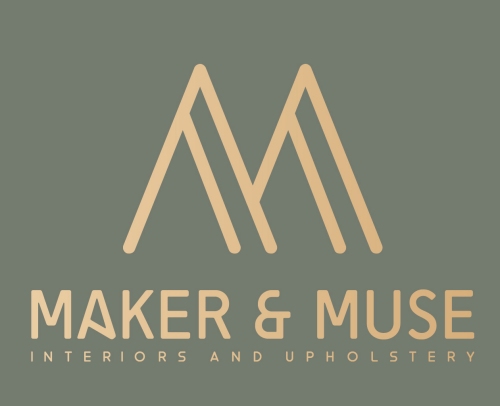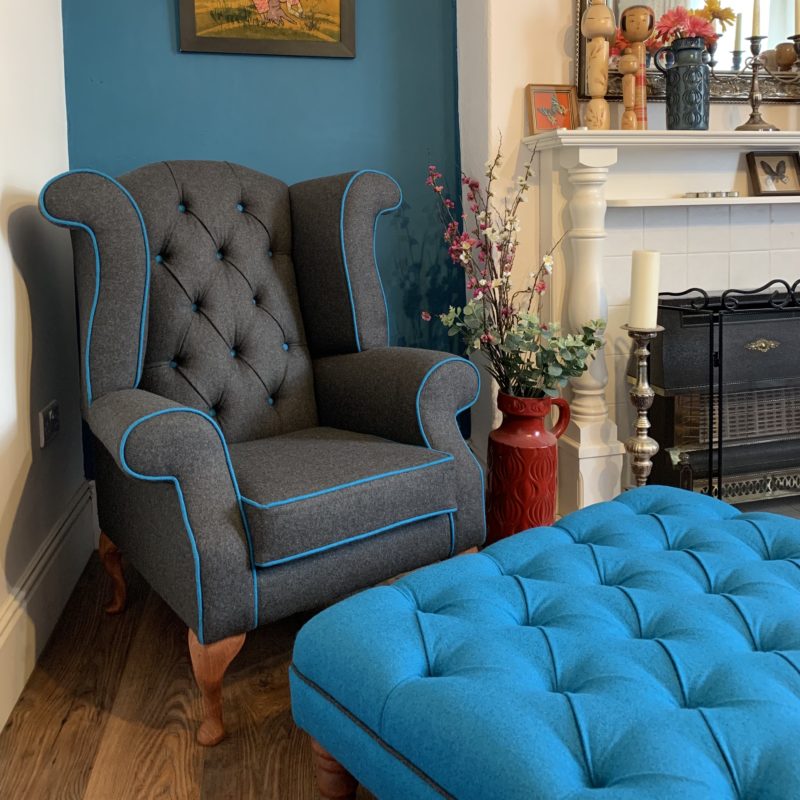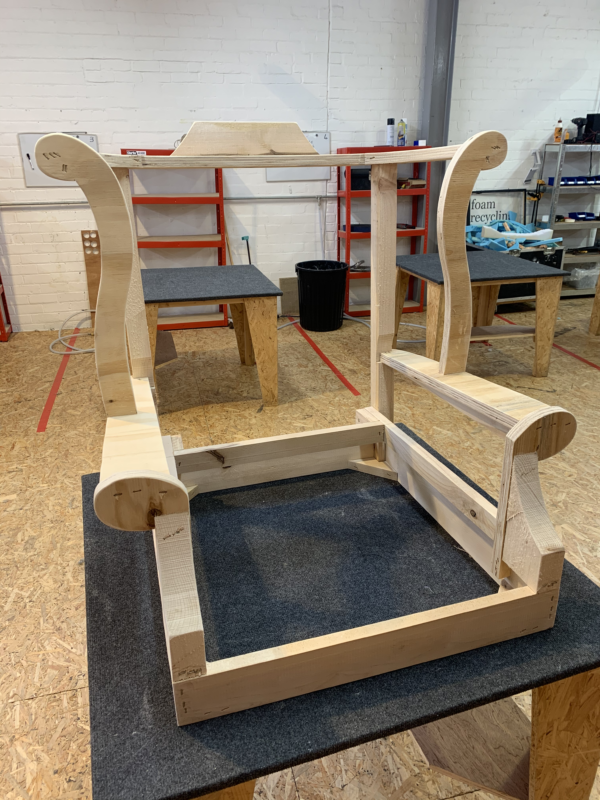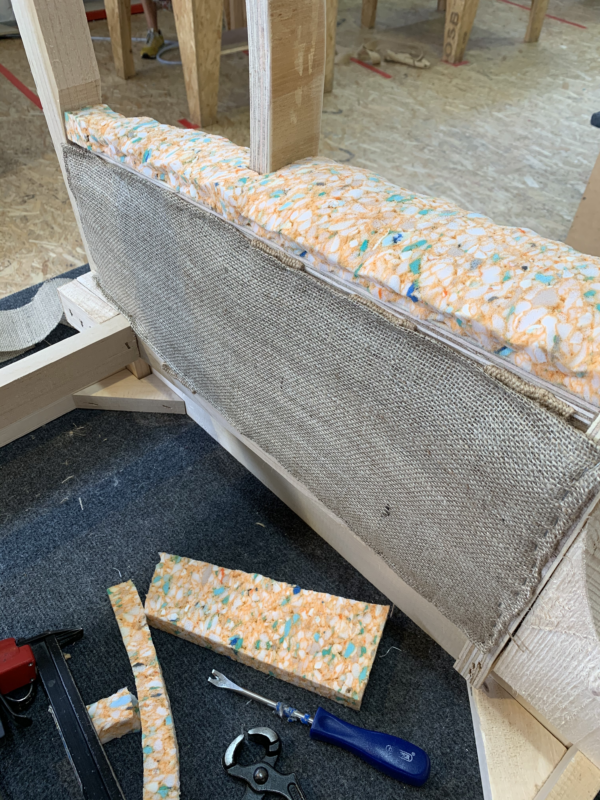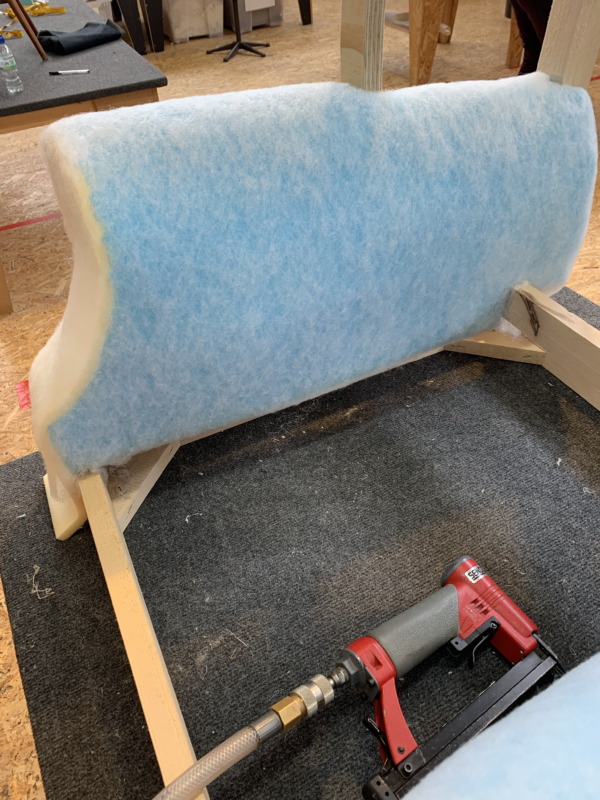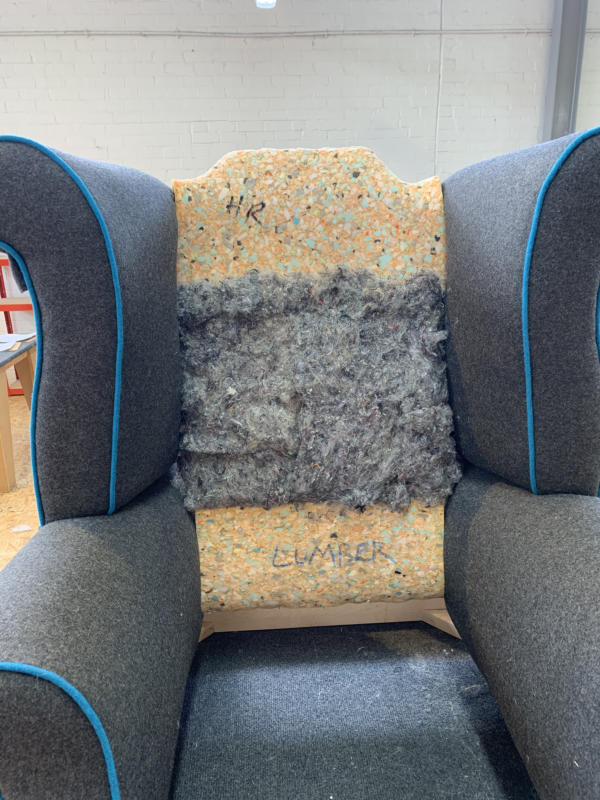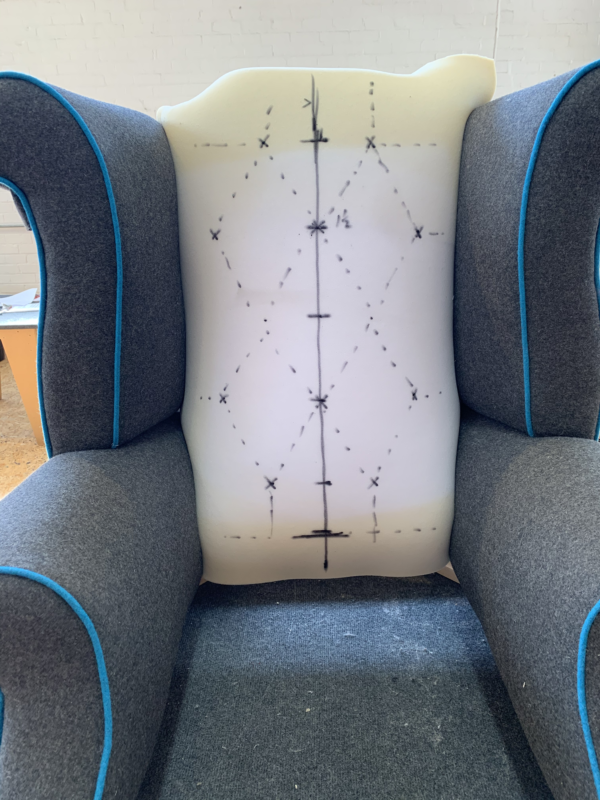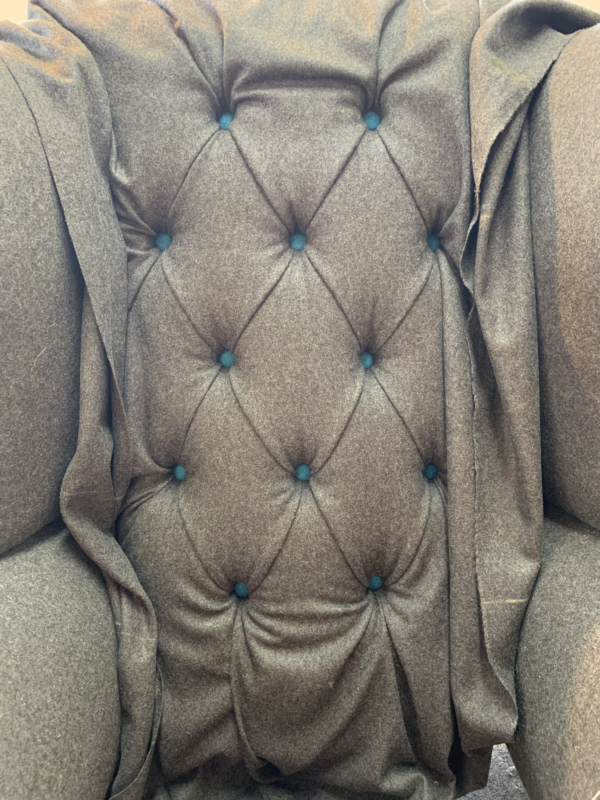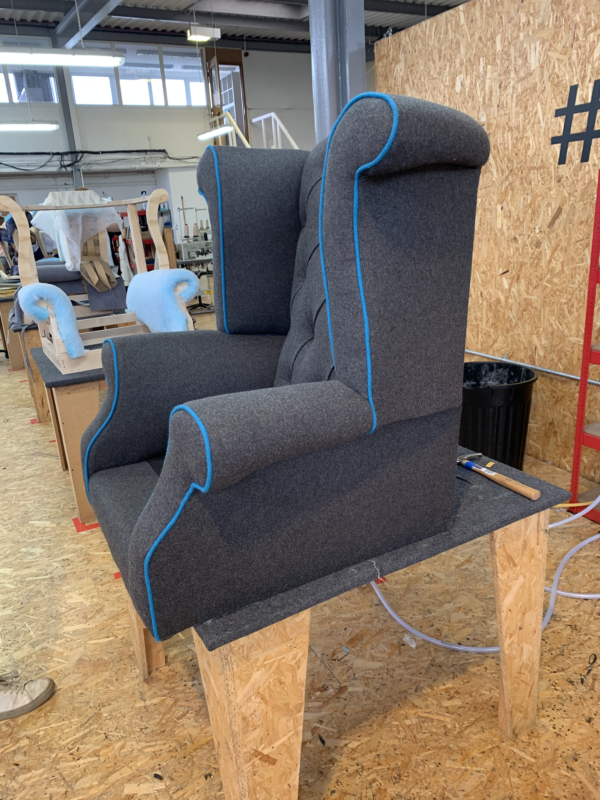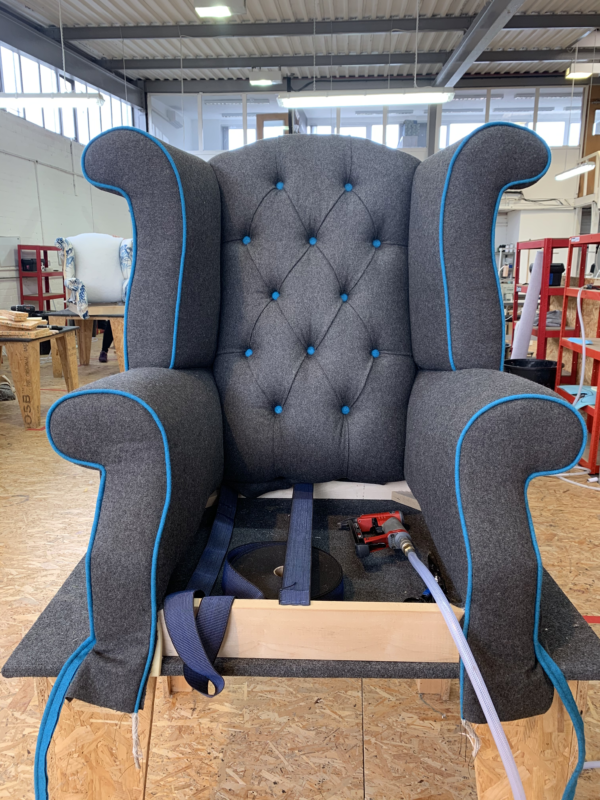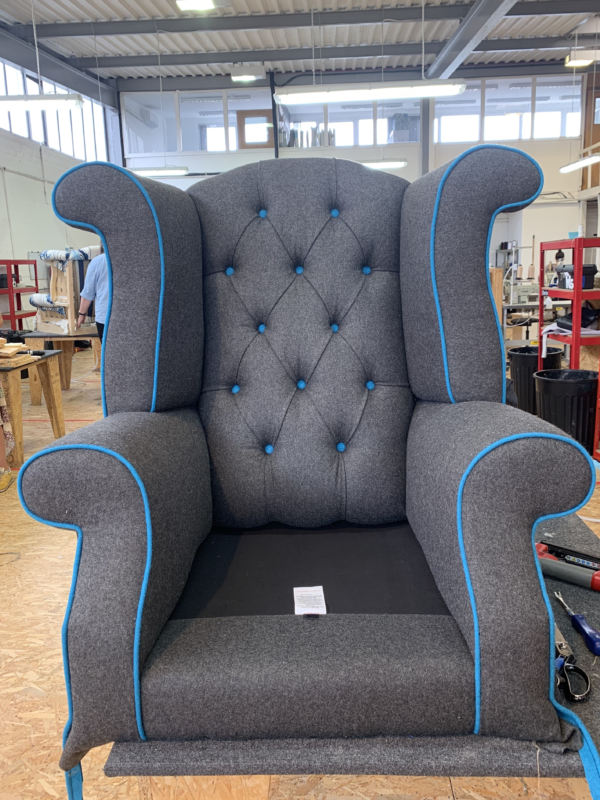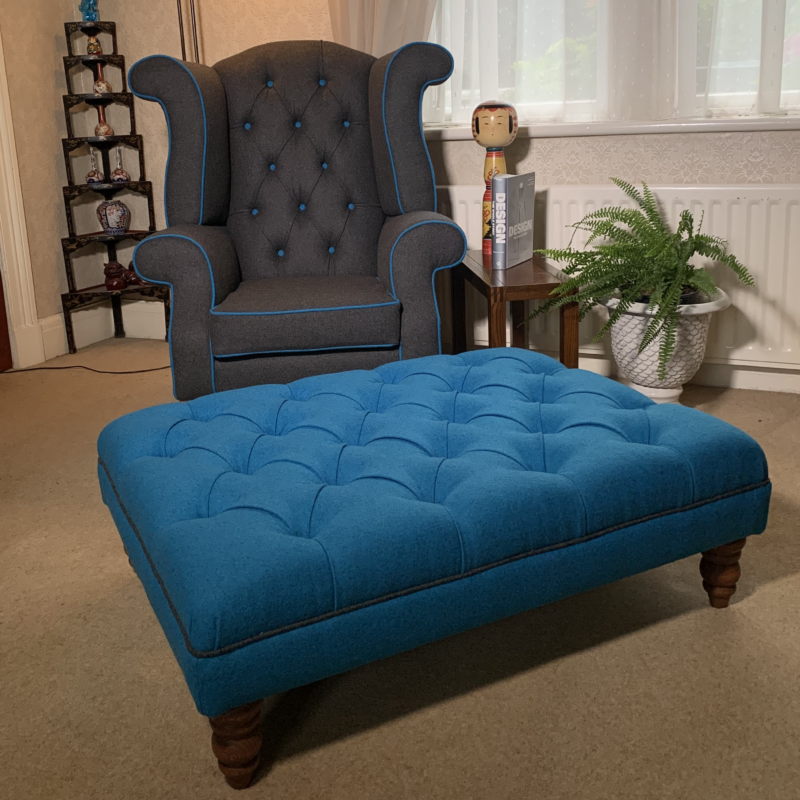No products in the basket.
Upholstery
Building a wingback chair
An Introduction to upholstery
There are generally two types of upholstery; traditional and Modern. You could say there is a third type, which takes the best of both methods. Traditional used all the old methods, such as using horsehair, coir, hessian, tacks (no staples), lashing in springs and tying them in. Then there’s the hand stitching that goes into sewing all the fibres in place to create shape and form. I personally think it’s a real art form. There is always something to learn as each chair that arrives on the bench is different. Of course there are downsides to it, it takes longer, therefore the end product is more expensive and much of the craftsmanship lies hidden under the final fabric.
Modern upholstery, of course, still involves lots of skill but the use of foam means you don’t always have to use some of the time consuming techniques such as tying in springs and building up the seat and therefore it can be quicker to turn a seat around. Modern upholstery however doesn’t always mean cheaper for example right now there is a massive UK foam shortage because one of the chemicals that goes into making it is currently in short supply as it’s being used to make PPE. So modern upholstery can be affected by varying supply costs.
In the summer I trained at the Ministry of Upholstery on their Modern Upholstery Business Course. I built footstools, wingback chairs and cocktail chairs – all using modern or a mixture of modern and traditional techniques. Here’s a quick walk through of how to build a wing back chair…

